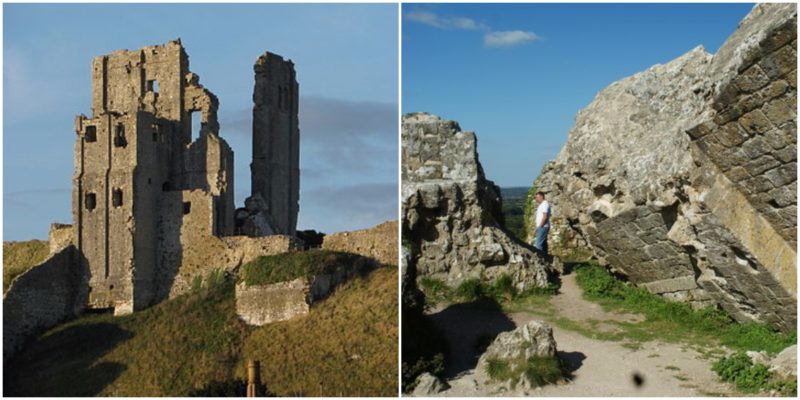The remains of Corfe Castle stand just above the village of Corfe, which is located on the Isle of Purbeck in the County of Dorset, England. The fortification was constructed on a natural hill and guarded and controlled the main route through the Purbeck Hills between Wareham and Swanage. Anyone traveling south between the rest of the country and the marble quarries tin Purbeck had to pass through Corfe Castle. Today, the ruins of Corfe Castle stand as a monument to the turbulent past of the area.
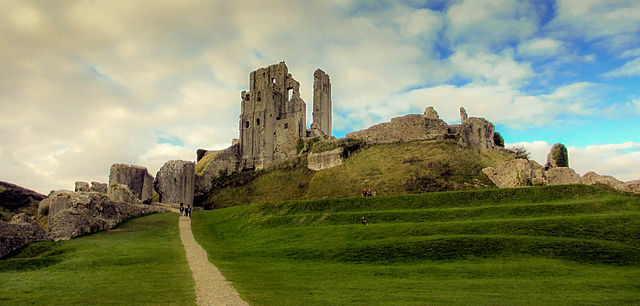
Little is known about the settlements that existed before the castle was erected in the second half of the 11th century by William the Conqueror. There is some historical and archaeological evidence to suggest that the spot was defensive site even in the Roman Era. The earliest fortifications were probably wooden constructions. Also on the site were discovered post-holes that indicate the existence of a Saxon Hall. The hall is the possible site for the murder of Edward the Martyr in 978. It is believed that he was murdered by his step-mother so that her son Æthelred the Unready could take the English throne.
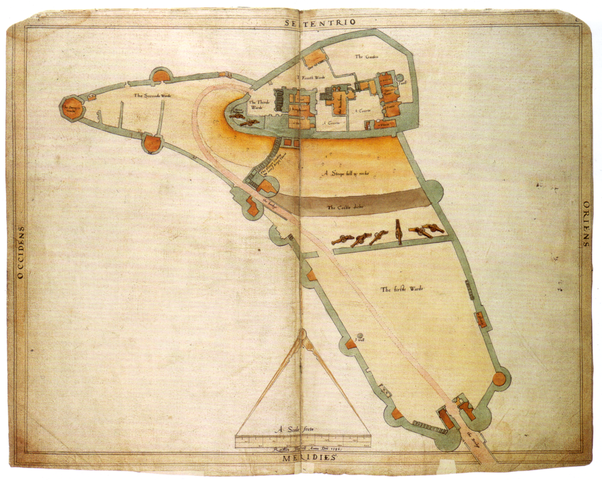
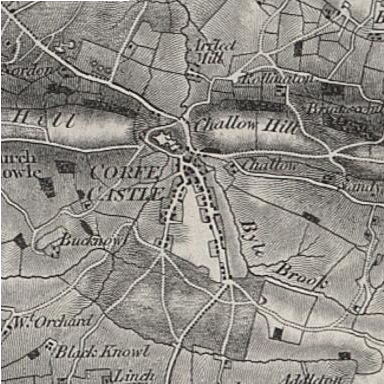
The castle was founded soon after the Norman Conquest of England in 1066. At that time the royal forest of Purbeck, where William the Conquerer often hunted, was established in the area. Between 1066 and 1087, William built 36 similar castles across England. Corfe Castle was an unusual castle for several reasons. Firstly, its position on the crest of a hill was rare for medieval castles; most medieval English castles were situated in valleys. Another unusual characteristic for this fortification was that it was one of the first stone castles at a time when most similar structures in England were built from earth and timber. That indicates that the Corfe Castle held certain high status. It was not until the beginning of the 12th century when other castles started to be built or rebuilt with stone.
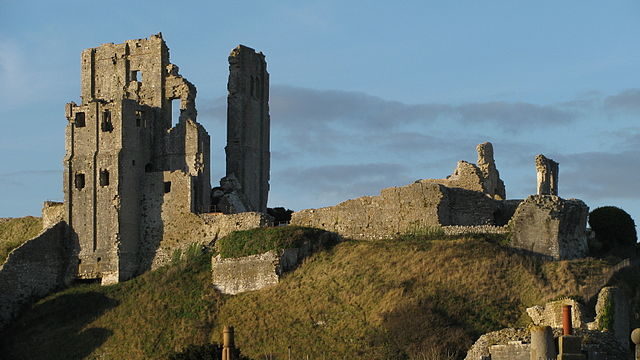
From its beginning, Corfe Castle was a significant royal fortress to the monarchs of England. At first, a stone wall was erected around the hilltop making an inner enclosure. There were two additional enclosures: one on the west side and one to the south. In contrast to the inner courtyard, these two enclosures had walls made of timber. At the beginning of the 12th century, Henry I began building a stone keep at Corfe approximately 10 to 13 ft high. Limestone quarried from Purbeck was used as building material. During the reign of King Stephen (1135- 1154), the stone construction of Corfe Castle was completed.
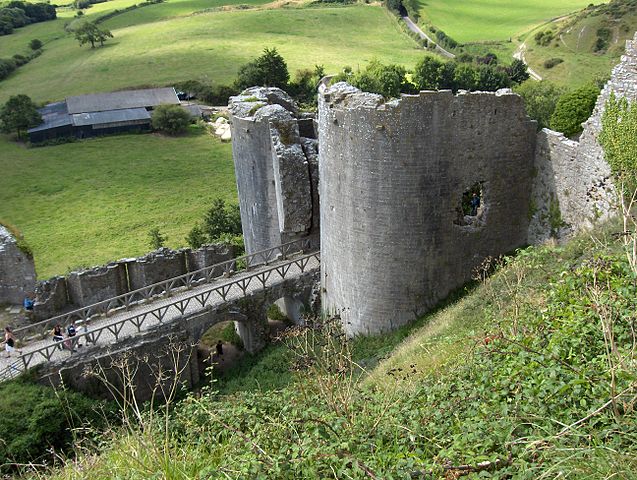
In the following centuries, various English monarchs expanded the castle with towers, halls and additional walls. A few times, the castle hosted large numbers of soldiers before they marched to various battle. The castle was also used as a storage facility. During construction of the castle, a camp for the workers was built adjacent to the site. This eventually grew into a settlement, and by 1247, royal permission was granted for it to hold a fair and a market.
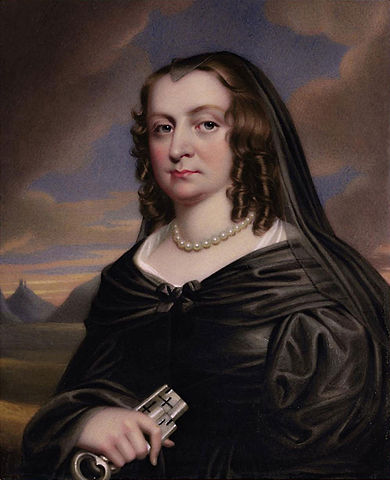
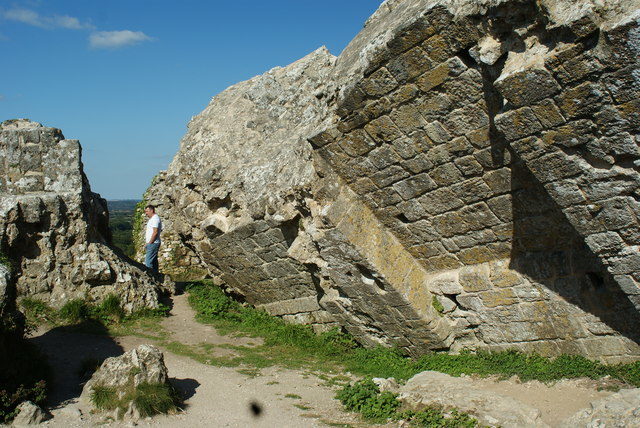
The castle remained a royal stronghold until 1572 when Queen Elizabeth I sold it to her loyal man Sir Christopher Hatton. In 1635, the castle was bought and made into a private residence by Sir John Bankes, Attorney General to Charles I. In 1642, the English Civil War began, and by 1643, nearly all of the Dorset area was under Parliamentarian control. Lady Bankes and her royal supporters successfully resisted a six-week siege. Sir John Bankes died in 1644 and the family survived a series of sieges by Parliamentary forces. In 1645, a second large-scale siege began and, because of a betrayal by a member of the defensive garrison, Parliamentary forces were able to infiltrate the castle in February of 1646. The family was permitted to leave the castle before it was partially demolished by the Parliamentary forces. During the sieges, the castle’s forces suffered only two casualties, while the other side sustained at least 100 deaths. Corfe Castle became known as one of the Britain’s most iconic survivors of the English Civil War.
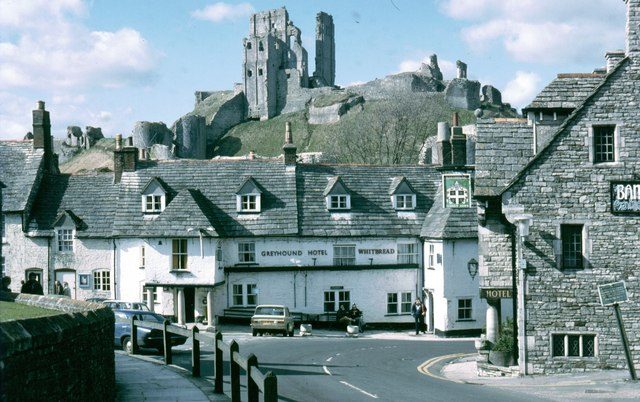
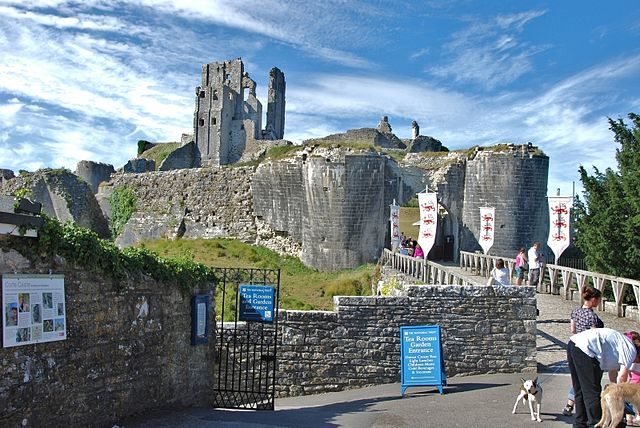
The castle was owned by the Bankes family until 1982, when Ralph Bankes left the entire property to the National Trust. In previous centuries, villagers had used stones from the castle to build and repair their houses. Restoration work was made on the castle in 2008 and after that, it was reopened for visits. Today the ruins of the castle are popular tourist destination.
